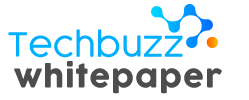Three Data Driven Strategies to Build a Connected Healthcare Ecosystem
In healthcare, providers, payers, manufacturers, governments and consumers need the ability to access and integrate highly reliable data. It’s critical to informing sound clinical and business decisions, supporting access to high-caliber care and engaging consumers in their health.
In this eBook, we examine three data-based strategies to help healthcare decision makers:
- Break down data silos and remove barriers to seamless, coordinated care
- Leverage technology to integrate data, gain insights and improve health management
- Build connections, collaboration and engagement that drive better patient outcomes
- Create broader value across the healthcare landscape





